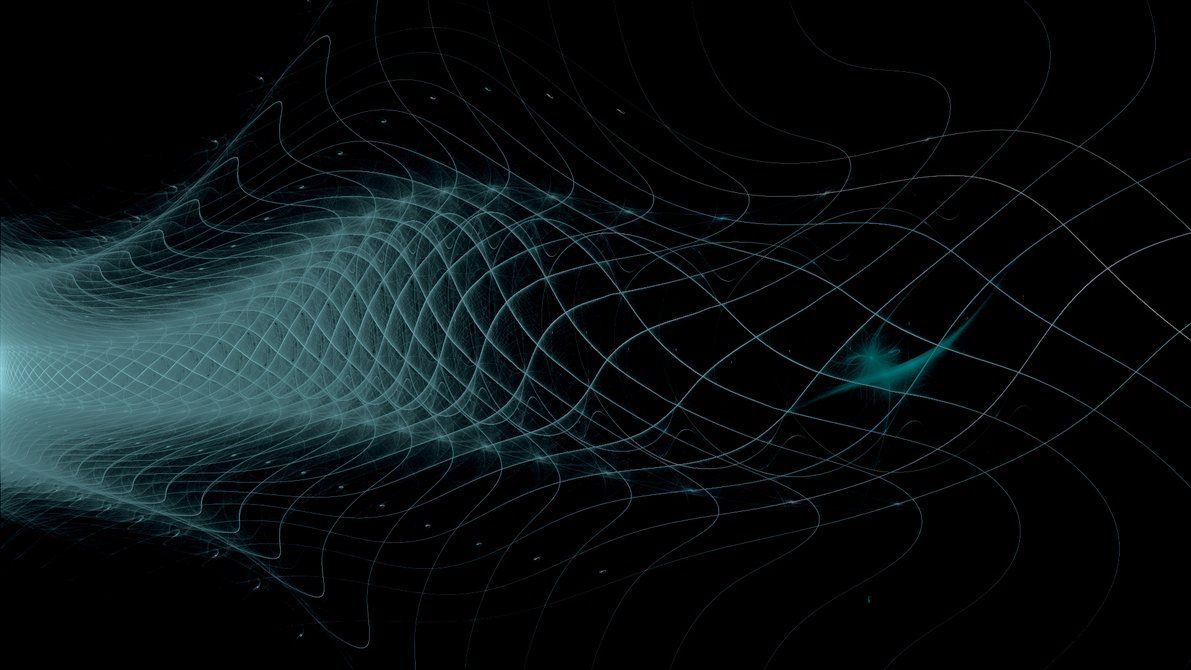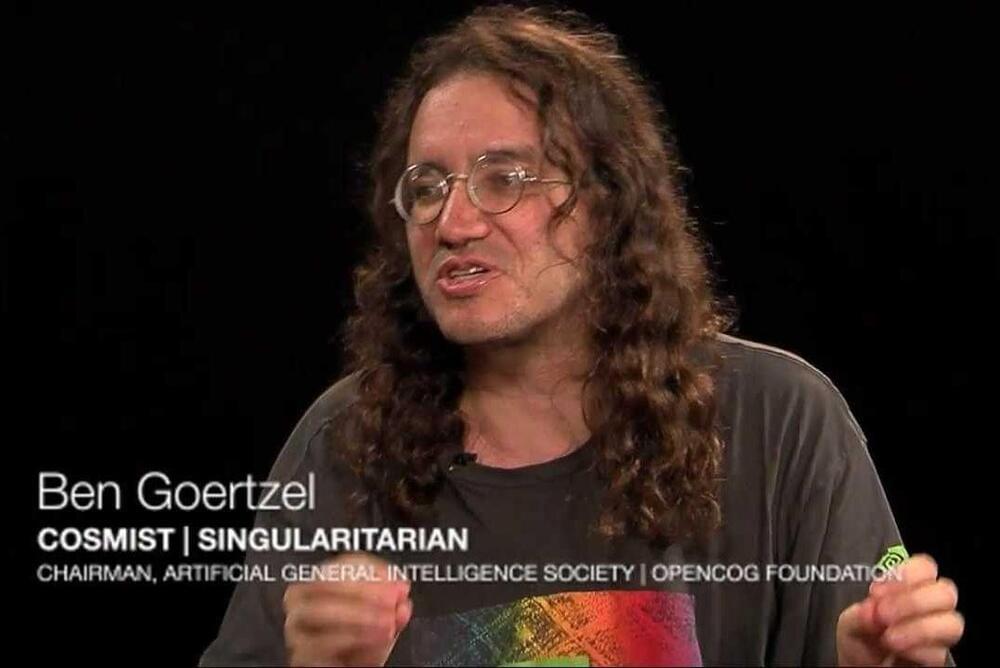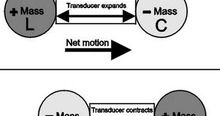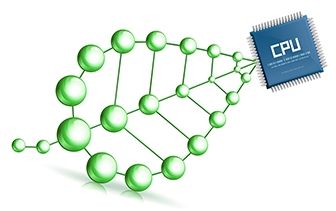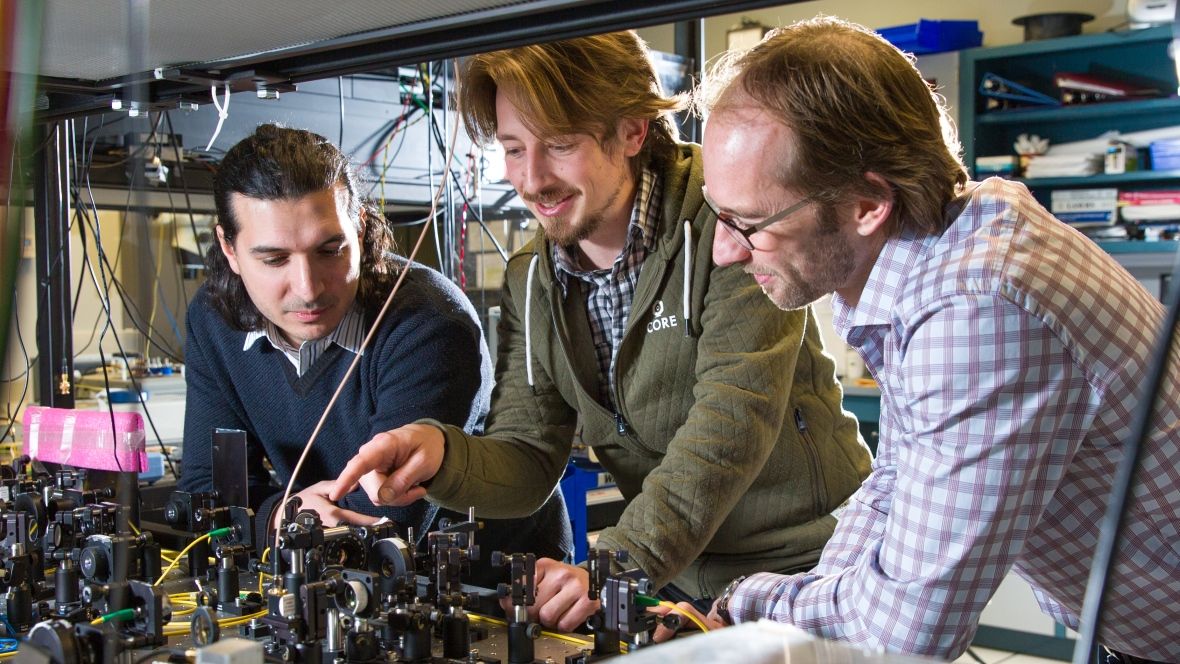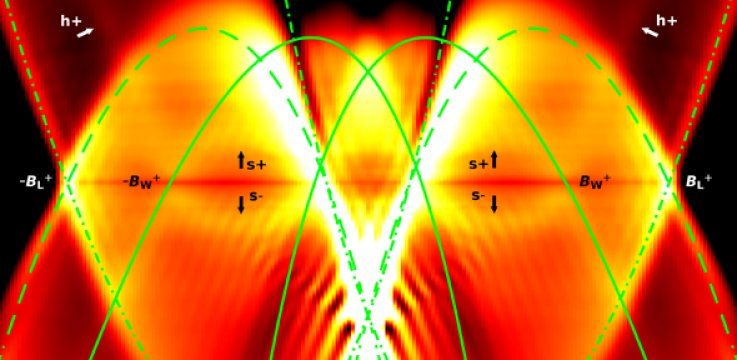Sep 25, 2016
What if spacetime were a kind of fluid?
Posted by Andreas Matt in categories: particle physics, quantum physics
This is the question tackled by theoretical physicists working on quantum gravity by creating models attempting to reconcile gravity and quantum mechanics.
Some of these models predict that spacetime at the Planck scale (10^-33cm) is no longer continuous — as held by classical physics — but discrete in nature.
Just like the solids or fluids we come into contact with every day, which can be seen as made up of atoms and molecules when observed at sufficient resolution. A structure of this kind generally implies, at very high energies, violations of Einstein’s special relativity (a integral part of general relativity).
